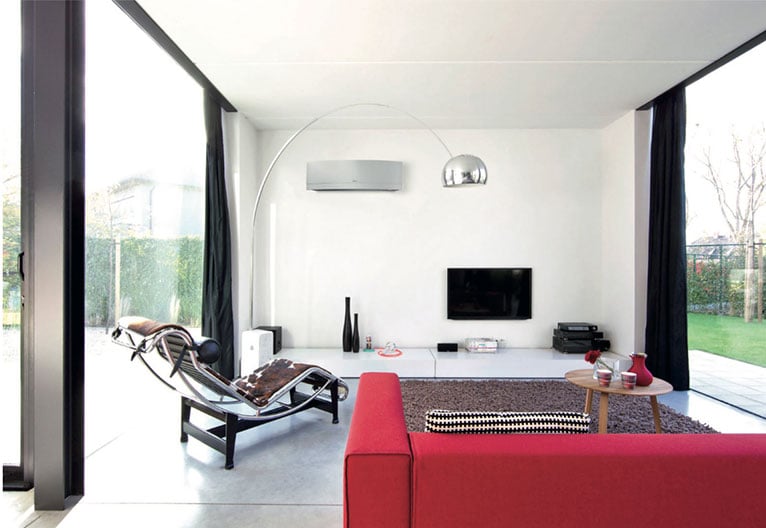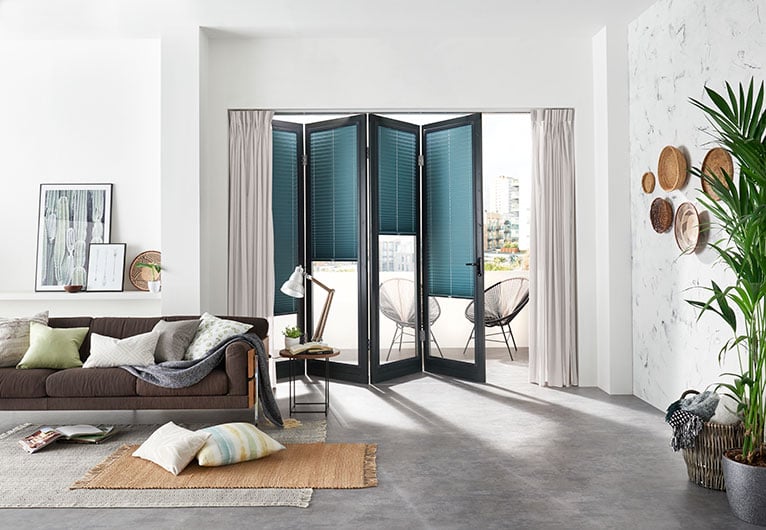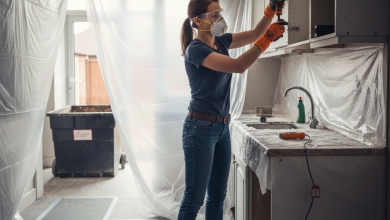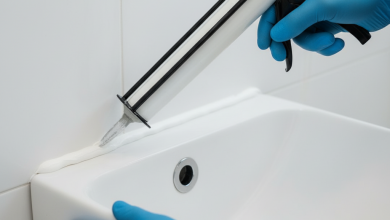Home improvements that keep your home cool
When cold weather hits, we can crank up the heating or throw on an extra jumper but staying comfortable in the summer, especially when it’s humid, often presents more of a problem. Lacklustre fans and a stack of ice cubes can only go so far in minimising hot, sleepless nights. However, there are lots of effective ways to turn your home into a refreshing haven from the sunshine.
Fit an air source heat pump
Air-conditioning that’s used for only one or two months a year is a big expense, but fit an air source heat pump and it can be in action all year round. There are two types of air source heat pump – air-to-water, which can provide hot water and heating via radiators and underfloor heating, and air-to-air, which extracts heat from the outside air to heat the air in your home (supplemented by electricity). In the summer, air-to-air can work in reverse, blowing out cool air to maintain one or more rooms at an ideal temperature. Some can even be operated via an app on your device, so you can turn them on remotely on unexpectedly warm days. The Emura model by Daikin below will also purify the air to remove allergens, dust and odours, and has a mode to make sure night-time temperatures stay consistent.

Image source: Daikin
Some systems can even be eligible for a renewable heat incentive (RHI), which could help offset the cost. For example, for an air source heat pump, this could be almost £1,300, according to Which? Dedicated companies can advise on what sort of solution might work for your home (as you’ll also need space for an outside unit), or you can find local electricians and heating engineers who specialise in ground and air source heat pumps.
Read more: save money with a ground source heat pump
Screen doors from the sun
Prevention is better than cure, so try to stop heat getting inside to start with – it takes three times as much energy to cool a building by 1C than it does to heat it by the same amount according to Caribbean Blinds. Glass doors – whether bi-fold, sliding or French-window style – continue to be popular, but with large areas of glass comes extra heat. No one wants to live in a giant greenhouse, so instead of leaving them bare, invest in a smart shading solution. Sliding doors can accommodate roller, pleated, Venetian and vertical blinds without much issue, or sliding panels, but bi-folds require a different approach. Shading fitted into the frame works best, with each blind independent of the other, so you can adjust them to suit the angle of the sun.

Image source: Hillarys
Alternatively, exterior sunshades can regulate heat and light without having to be factored into your room. A patio awning can double up as exterior shade when you’re outside, while external roller blinds can block up to 96% of the sun’s heat. A window fitter can help with your project.
Don’t forget to close curtains
Low-tech yet effective, closing your bedroom curtains or shutters during the day may feel gloomy but it’s an easy way to keep a room cooler. Windows can let in heat just like glass doors, so prevent the sunshine from streaming in where you can. If your curtains aren’t thick enough to block the warmth, try adding a second window treatment. Heat-reflecting blinds, such as Duette, have a special coating on the window-facing side that can reduce heat intake by as much as 78%.
Another option is solar control window film that’s applied directly to the glass and can be a simple DIY job. It can reflect up to 77% of solar energy, reduce glare (great for home working on a computer) and also cut down on the UV that makes fabric and furnishings fade. The Window Film Company offers a range of different solar control films.

Image source: The Window Film Company
Rethink your bedding
Throwing off your sheets and duvet might be a summer go-to but it’s rarely an effective all-night strategy. Many of us struggle to sleep without any covering at all, plus when the temperature drops later on in the night, you’re likely to wake feeling chilly.
Swapping your bedding to suit the season is the best approach. Natural materials work better than synthetics at absorbing and wicking away sweat from your skin during the night, so look for a low-tog duvet filled with wool and breathable linen sheets and covers. You can also buy mattresses made with wool, cotton, silk and flax that help to regulate body temperature, too.

Image source: herdysleep




